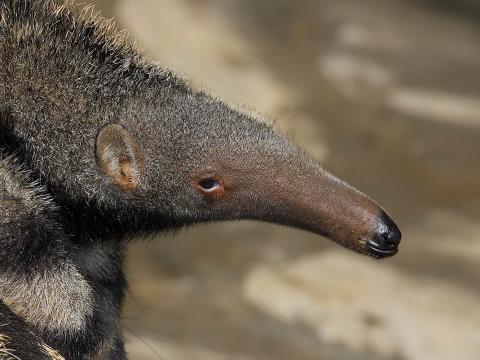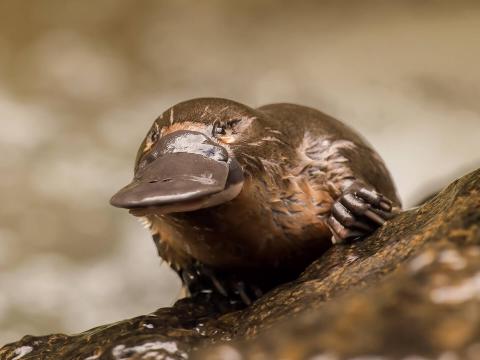Marsupial
- CLASS: Mammalia (Mammals)
- ORDERS: 7
- FAMILIES: 19
- GENERA: 83
- SPECIES: 295
ABOUT
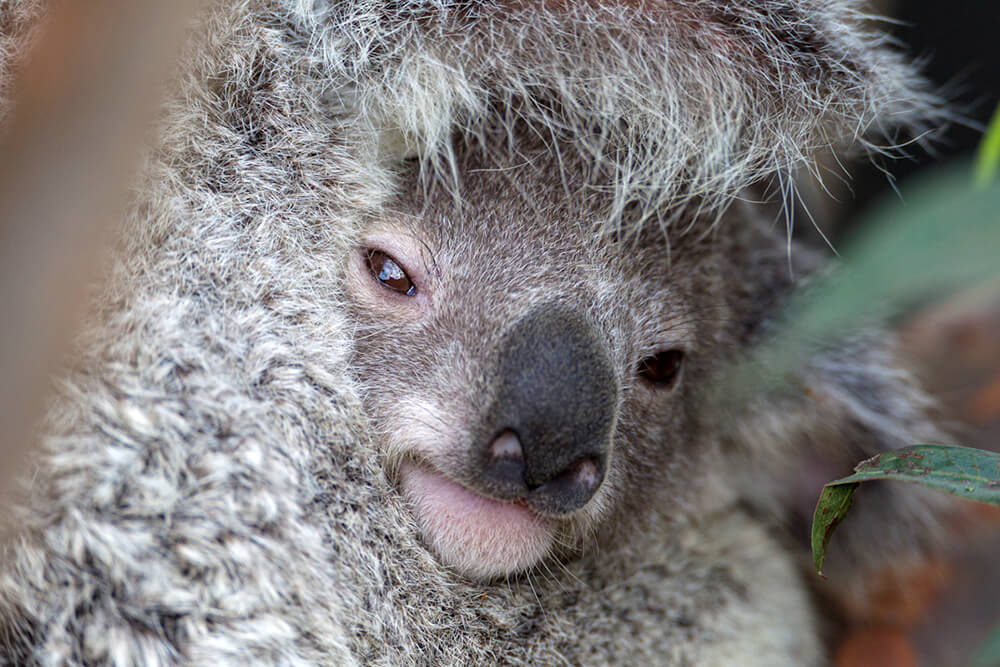
Wouldn’t it be cool if you could ride around in a backpack throughout your entire childhood? You’d never have to worry about falling off of Mom’s back or getting caught by predators! Well, marsupials are the kinds of animals that can do this. They are known as pouched mammals, because the adult females have a marsupium, or pouch. Young marsupials (called joeys) do most of their early development outside of their mother's body, in a pouch. The pouch acts as a warm, safe place where the joeys grow.
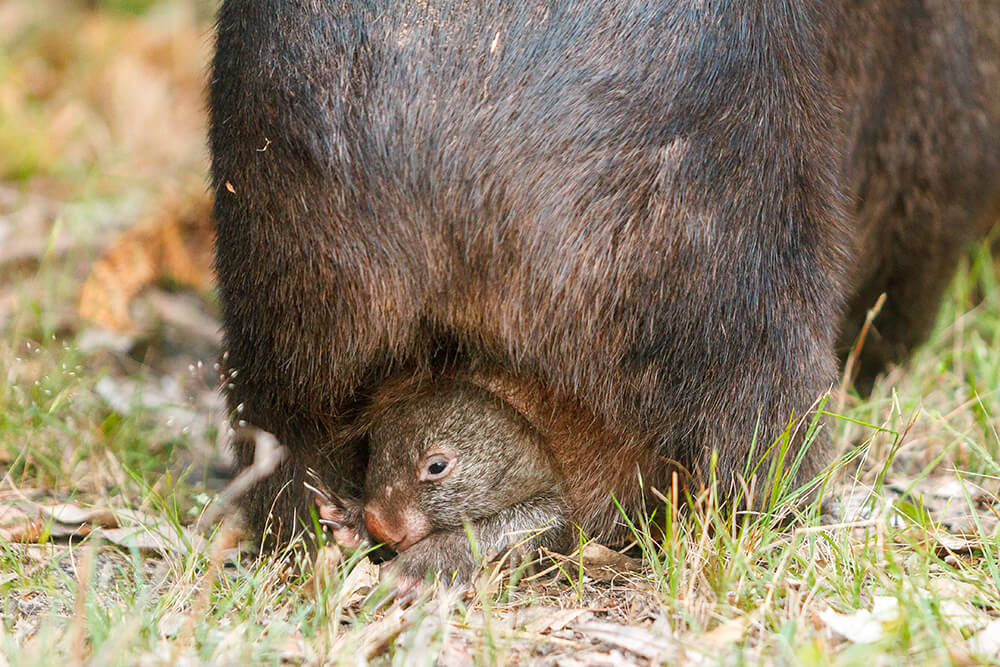
In placental mammals (like people), a developing embryo is connected to its mother’s blood supply by an umbilical cord and a placenta. Marsupials give live birth, too, but they don't have these structures. A fetus-like marsupial embryo climbs from the birth canal into its mother's pouch. Once there, it attaches to a nipple and doesn’t let go—in fact, it can’t! The nipple swells in the embryo’s mouth so that it is only able to let go when it is more developed.
HABITAT AND DIET

Most people think of Australia when they think of marsupials, because the most well known of the marsupials—koalas and kangaroos—live there. But opossums, which are also marsupials, live in North, Central, and South America. Most marsupials—such as opossums—have four small legs and feet. Kangaroos and wallabies have two large feet and two arms.
All marsupials have good hearing and a good sense of smell. Most walk on the ground or are good climbers, and one, the water opossum or yapok of South America, can swim! Bandicoots, kangaroos, wallabies, and possums have two toes fused together.
Most Australian marsupials live in dry scrub or desert habitat. In South America, marsupials live in forests or tropical rainforests. Marsupials can live in any part of the forest habitat, from the trees to the forest floor where, like the wombat, they burrow underground.
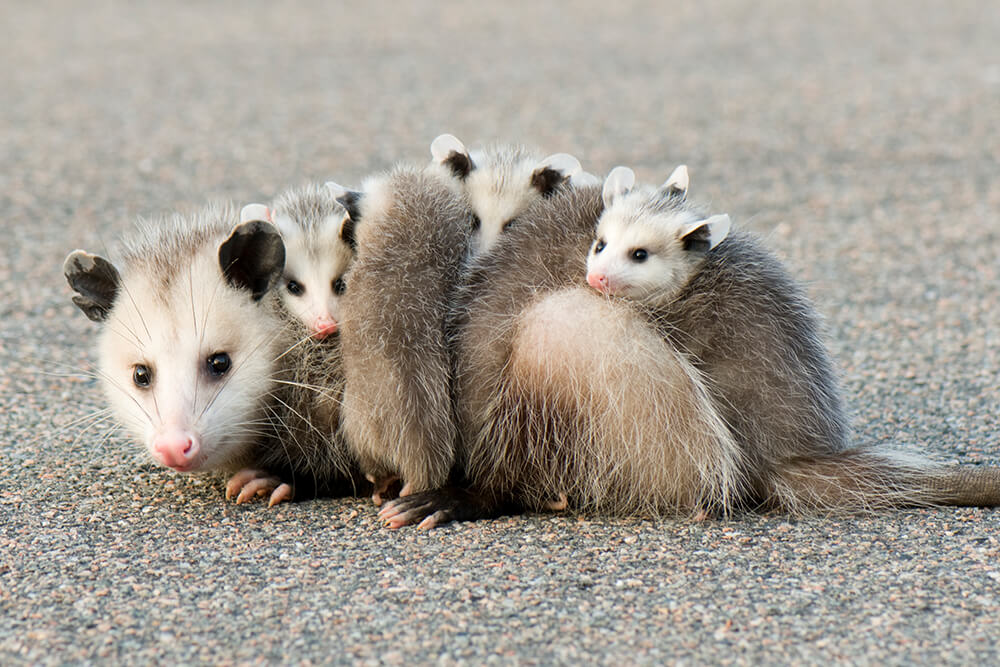
The Virginia opossum is the only marsupial found in North America. Its native habitat is moist forests, although it may also be in your neighborhood! It is an important part of our environment, acting as a scavenger to clean up trash, fruit, and dead animals. If you spot one in your neighborhood at night, watch how it uses its dexterous tail and paws to get around. But for your own safety, don’t get too close: opossums can be fierce fighters! If it’s springtime, pay special attention—if the opossum happens to be a mother, you may see up to 13 babies hanging on to her back!
Some marsupials are pollinators and seed distributors. Some control pests by eating insects and vermin. Some marsupials make habitats for other underground animals by digging their burrows or loosening up the soil. The Virginia opossum helps clean up the environment by eating carrion, rotting fruit, and other items we consider garbage. In fact, it's often found rummaging around in garbage cans!
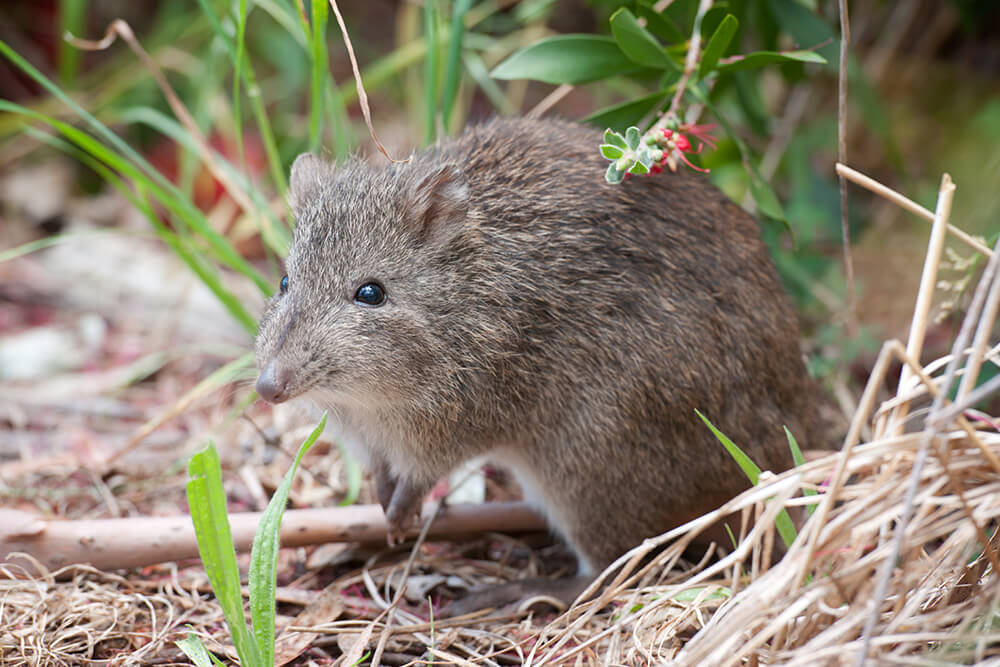
So, what’s for dinner? Marsupials have different types of teeth, depending on what they eat, from bugs to other smaller mammals or birds to fruit and seeds to eucalyptus leaves. Bandicoots, Australian possums, and American opossums are omnivores. Wombats, kangaroos, and koalas are the herbivores. The rest are either insectivores or carnivores. Marsupials usually have more incisor teeth than other mammals do.
FAMILY LIFE
Most marsupials are solitary during the year, except when it is breeding season. Most males and females breed with different partners and then go their separate ways. Females raise their joeys on their own. Most females have some type of pouch for their young. But not all marsupial pouches are as deep as a kangaroo’s pouch. Unlike the koala or kangaroo, most marsupial mothers give birth to several joeys at one time.
When joeys are born, they are much more helpless and undeveloped at birth than placental mammal babies. A pouch protects them and keeps them warm as they develop. It is also the location where the joeys can get their mother's milk. Once a joey attaches to a nipple to nurse, it grows and develops there for weeks to months, depending on the species. Once the joeys are large enough, they leave the pouch. In some species, when joeys are old enough, they climb onto Mom’s back instead of creating a lot of weight for her to carry around in her pouch. Mom and offspring can stay together for up to a year in some species.
CONSERVATION
Marsupials often struggle to survive. The greater bilby Macrotis lagotis has decreased greatly over the years due to habitat loss from farming and introduced predators like feral cats and foxes. Thanks to breeding programs, greater bilbies are being reintroduced into western Queensland, Australia, to repopulate their lost numbers.
The mountain pygmy-opossum Burramys parvus numbers less than 2,000 in their native habitat, due to construction of roads, dams, and ski resorts in its mountainous habitat. The hairy-nosed wombat Lasiorhinus graffiti is at critical risk due to overhunting for its thick fur. Only about 70 individuals survive, in one of the national parks in Queensland.
There are many more marsupials that are endangered or at critical risk, and several that have already gone extinct. Australia now uses various management practices to protect its marsupials. We also need to do our part to keep them around. Reduce your ecological footprint by recycling and being aware of the products you are buying and where they come from. These are all things you can do to help our pouched friends!
By supporting San Diego Zoo Wildlife Alliance, you are our ally in saving and protecting wildlife worldwide.





